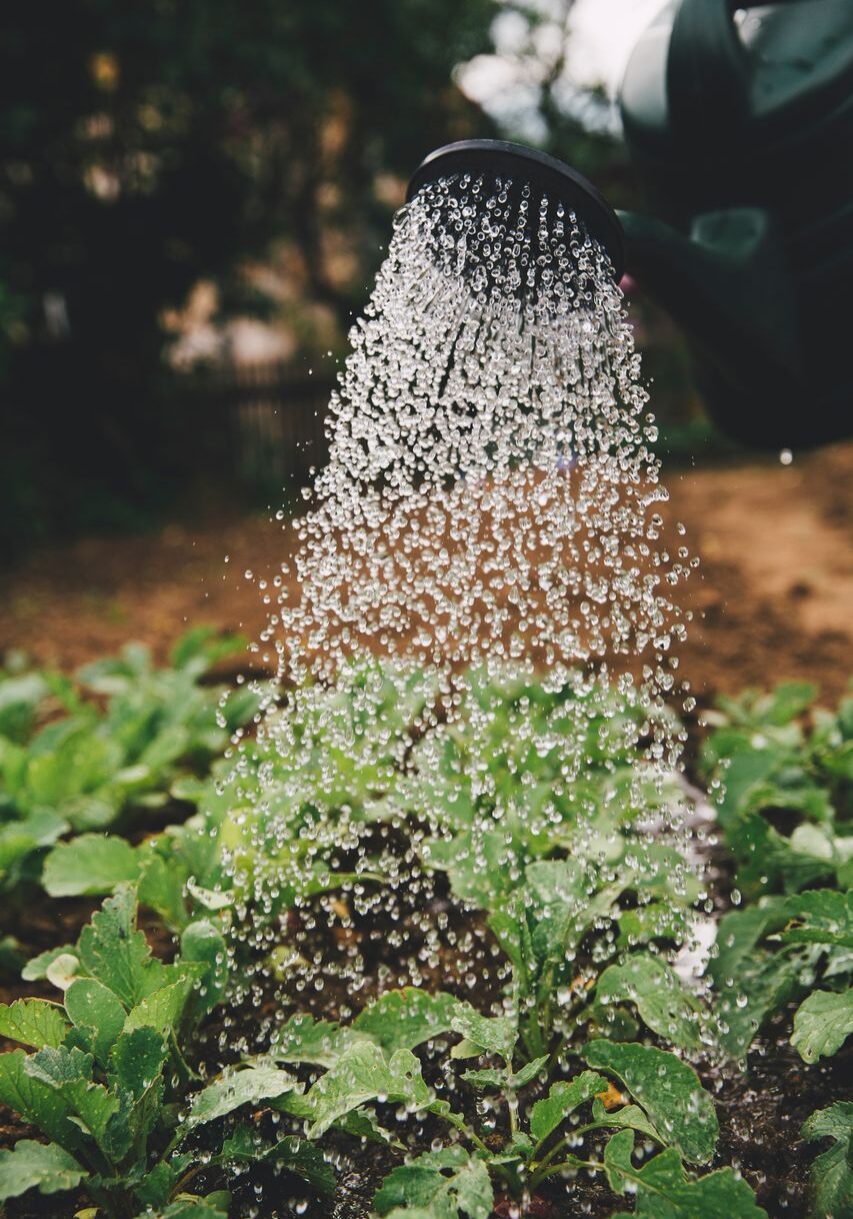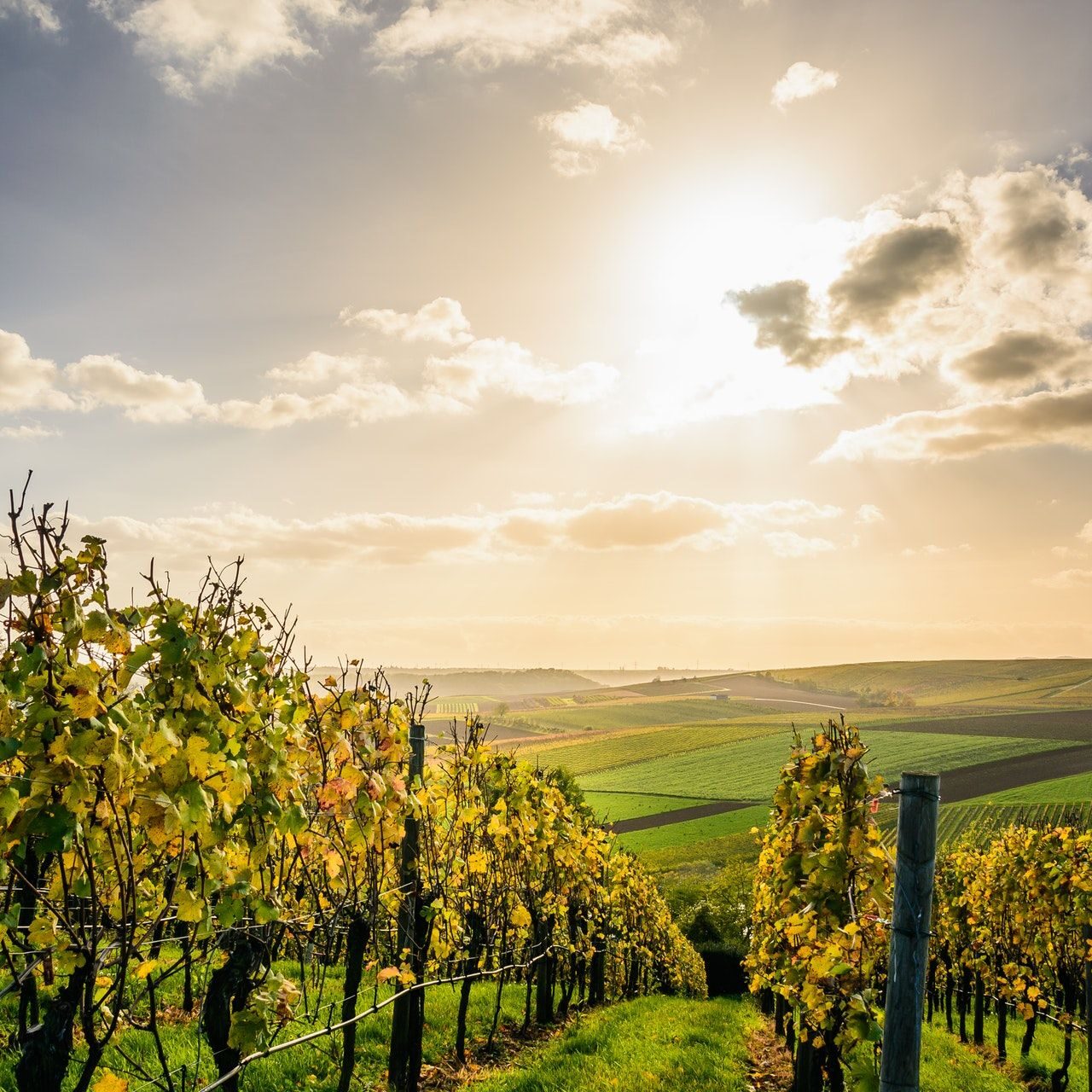Kelp for Plants

Scientifically Tested
Australian Bull Kelp extracts have been investigated and shown by scientists to contain a range of plant hormones. They have been shown to produce increased chlorophyll levels, increased resistance to environmental stress such as drought, and enhanced root development.
Seaweed or kelp meal, has a chelating ability and helps to release locked-up minerals in garden soil. Its high potash content aids in the formation of carbohydrates, is necessary for protein synthesis, promotes early growth, improves stem strength, and contributes to cold hardiness. As if that weren’t enough, seaweed contains the hormones gibberellin and auxin, which function as growth enhancers. There are also beneficial vitamins, enzymes, and about 60 trace elements. A high alginic acid content combined with a low percentage of cellulose (the ingredient which gives land plants rigidity), causes its quick decomposition, facilitating its use as a compost accelerator. When applied directly to the soil, it stimulates soil bacteria, which increases fertility. Fresh seaweed should be rinsed well to remove any sea salt and then can be used as a top dressing. Kelp meal can be substituted at a rate of 1/4 cup per bush, or kelp extract may be used monthly.
King Island Organic Kelp meal is a very high-quality organic fertilizer. With an N-P-K ratio of approximately 1-0-2, it is a good source of nitrogen and potassium. It also contains minerals, amino acids, and trace amounts of other micronutrients. Kelp meal is seaweed and is harvested from the ocean. Also known as sea kelp. It can be added to vegetable and flower gardens, potting mixes, and lawns. Apply kelp meal at a rate of one pound per 100 square feet in spring (for annual plantings) or fall (for perennials).
Eg: Add kelp meal to the soil mix and use for container plantings.
You could get away with less than 100 kg of kelp meal to an acre of pasture, will depend if you can spread the kelp evenly and separate particles. If using a cone spreader have an adjustment of flow rate – thin as possible. Otherwise, when kelp meal gets wet it would be a gluggy mess and stop plants/ground from getting oxygen, even a harrow is good or air blast machine/napsack/ duster (blows out dust at a thin and even rate). Experiment adding sand or other additive to help seperate particles of kelp meal.
We have horses here and we feed the kelp to our horses, the dung beetles come and burrow their dung into the ground (they consume the kelp meal). Therefore, the kelp goes into the ground.


Analysis
Food Laboratories (Aust.)Pty Ltd Bull kelp Analysis
| Item of analysis ….. | g/1000g – 18 Mesh size. |
| Moisture | 72 |
| Protein (Nx6.25) | 56 |
| Fat | Less than 1 |
| Ash | 202 |
| Carbohydrate | 662 |
| Sodium | 42 |
| Potassium | 12 |
| Calcium | 1.5 |
| Phosphorus | 1.2 |
| Magnesium | 1.2 |
| Iron | 0.005 |
| Zinc | 0.004 |
| Copper | Less than 0.001 |
| Manganese | Less than 0.001 |
| Alginates | 450 |
In the above analysis, the alginates are 450 (45%). The alginates are a subset of the carbohydrates (that is included, but a separate part of).
Approximate Iodine content is 0.5 grams per kilogram. This make up would vary on the age and condition of the individual kelp plants and was from a composite sample analysis ten years ago.

